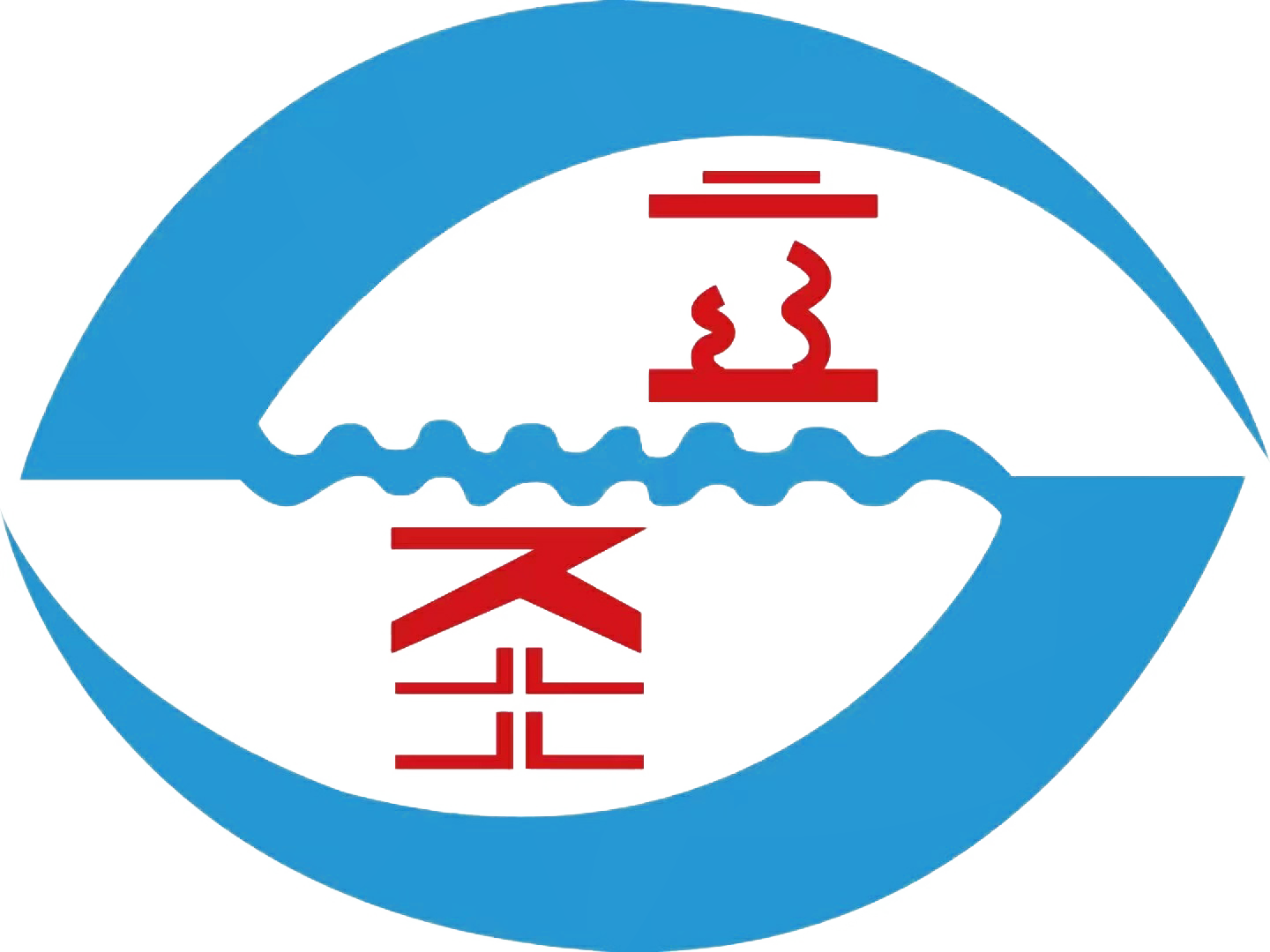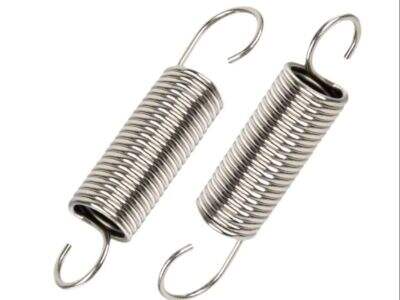Choosing the Right Material for Making Springs One is 304 Stainless Steel Spring, the other is 65Mn Spring Steel. These materials vary and can affect how a spring performs. We will explore differences between 304 Stainless Steel and 65Mn Spring Steel, including how they perform in making springs, toughness and flexibility to help you make an informed choice for your springs.
Understanding the Differences
304 Stainless Steel: This is a strong and anti-rust steel. It is commonly used in areas where the spring may get wet or exposed to chemicals. 65Mn Spring Steel, on the other hand, contains a large amount of carbon, which makes it very highly strong and tough. It's commonly used in situations where the Compression Spring needs to support heavy objects or experience greatly stressed components.
Assessing contributing factors to performance
Moving on to spring characteristics, when we discuss how well a spring works there are a couple aspects to consider. One big thing is how durable the material is. 304 Stainless Steel lacks the strength of 65Mn Spring Steel so it may not be ideal for heavy-duty applications. Something else to consider is how adaptable the material is. 304 Stainless Steel is also calibrated than 65Mn Spring Steel, which should be superior for Tension Spring that need to bend or be squished many times.
Durability versus Flexibility Comparison
Ability of a material to last long also matters a lot when choosing a material for a spring. 65Mn Spring Steel has a high tensile strength, making it suitable for heavy load or high stress springs. Wind spring is made with 304 stainless steel which is not as hard as the 65Mn Spring Steel spring but does not rust as easily, so is more reliable if the spring will find itself in wet or chemical environments. 304 Stainless Steel offers better flexibility, which is good for springs requiring large bending or compressive movements.

